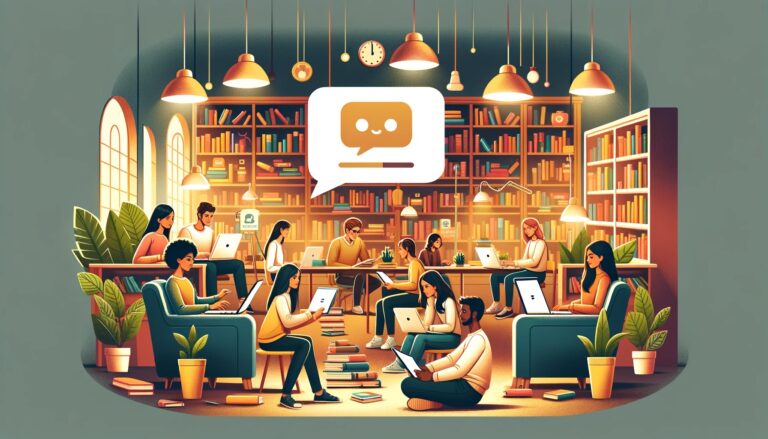How can we use art museums as environments to facilitate guided play between children and their accompanying adults?
Many museums face dual challenges when it comes to educational program development for children: they need to engage children in challenging settings that test their interest and attention spans, and they also strive to develop programming that engages and proves rewarding for children’s care-giving adults too.
I began to consider the developmental needs of children of elementary school age, roughly 5-10 years old. They are in a remarkable growth period for two important critical skills: they are stretching their abilities to think symbolically, and they are developing their emotional intelligence. I noted that this intersection of abstraction and emotion occurs in the domain of art.
Finally, I investigated the power of play as an educational experience. Research shows that children can learn well in conditions of guided play, a kind of experience that allows the fun and freedom of playtime but also aims toward an educational objective through the guidance of an adult. Additionally, research also suggests that “in real life” play manifests educational benefits in ways that digital experiences fall short.
All of this led me to design a simple card game that adults and children can play together in art museums. The game itself provides structured guidance around objectives of emotional awareness, while also encouraging the fun and free play that children love.
The game is in prototype phase as of late 2023. Please contact me for more information.
See a similar project in which I developed a guided museum experience for children at the National Gallery of Art.


